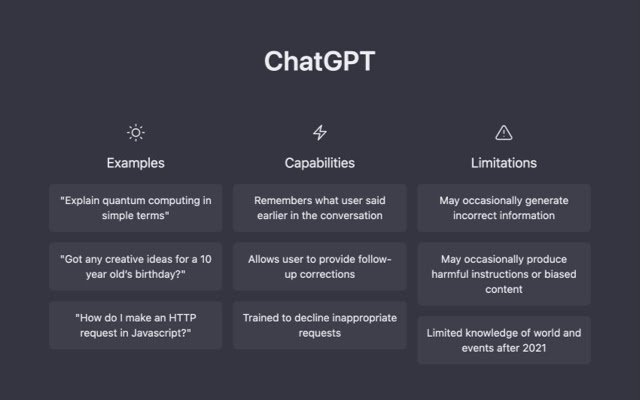Generative AI systems have exploded into public consciousness recently, with the current generation of generative AI – the most well-known being ChatGPT – already impacting players big and small in the creative and technology economies.
Exactly how the legal regimes designed to incentivise innovation and protect intellectual property will accommodate generative AI is an issue being urgently debated.
Both the patent and copyright systems are grappling with the emergence of generative AI. For the patent system, one of the key issues – among many – is what to do with inventions that generative AI played a role in conceiving. It is expected that many patent practitioners, if they are not already, will need to face the issue as generative AI systems become more deeply embedded in scientific discovery and product development.

ChatGPT has caused a seismic shift in many industries since it was launched by OpenAI in November 2022
The United States Patent and Trademark Office (USPTO) is currently examining the issue of AI-assisted invention and recently wrapped up a public Listening Session. In conducting the Session, the USPTO sought stakeholder input about the current state of AI technologies and inventorship issues that may arise as the technology advances.
Inventions that are developed from AI/human collaborations1 present a problem for patent practitioners due to the legal requirement to name all inventors in the patent application. A contributor to the USPTO Listening Session commented that there are no clear guidelines about how the requirement can be reconciled with the reality of AI-assisted inventions. The contributor also queried whether it is appropriate to designate the human as the sole inventor, in circumstances where the human only contributed to a part of the invention, with the balance of the invention arising from the AI collaboration.
According to the same contributor, the lack of guidance could even give rise to ethical dilemmas for patent practitioners, who may be prompted to downplay or ignore the very real contribution of generative AI to the inventions for which patent protection is sought.
Of course, the issue of AI-assisted invention is not limited to the patent system of any one country. It is almost inevitable that AI will contribute to inventions for which patent protection is sought in many jurisdictions.
With that in mind, we believe that there is a pressing need for international cooperation between patent offices and legislatures to establish a common set of guidelines for AI-assisted inventions. It is only through international cooperation and legal harmonisation that inventors and patent practitioners can have the certainty they need to step into what very well could be a new frontier in innovation.
We will be carefully monitoring the situation for any signs in this direction.
[1] At least in Australia and the United States it seems clear that patent protection is not available for inventions developed solely by AI.


